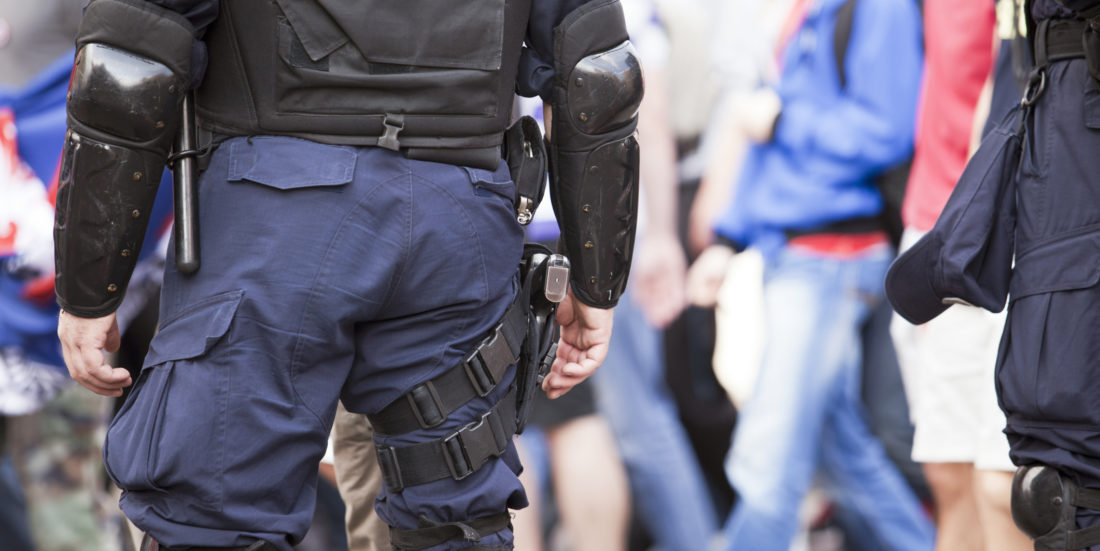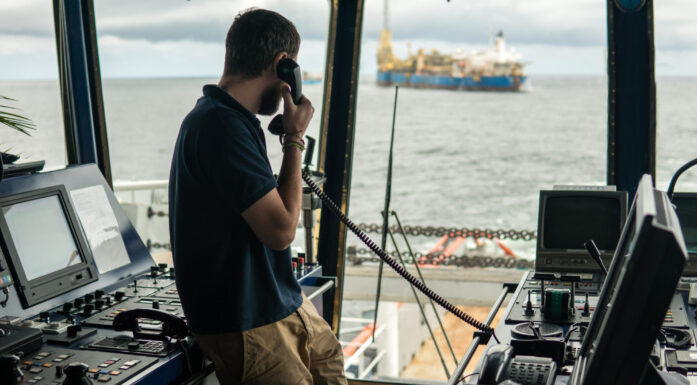Research into the events of 22 July 2011
The research community in Trondheim has been asked to follow up the tragic events on Utøya in Norway. As part of a project called ‘The Next Disaster’, research data will be obtained addressing the lessons learned following major incidents of this type.
In the wake of the Gjørv Commission’s report, a variety of public bodies have conducted their own internal discussions, but no focused research has been carried out in this field. For this reason, the Research Council of Norway announced a project as part of the SAMRISK2 program, and a research group from NTNU, SINTEF, NTNU Samfunnsforskning and Safetec won the contract ahead of 33 other applicants.
More than just an evaluation
Stian Antonsen and Anita Øren at the Department of Public Security at SINTEF Technology and Society explain that they plan to look into what has emerged in terms of new initiatives and specific changes in the almost three-year period since the tragedy. For example, they are interested in what the municipalities and County Governors’ offices are doing with the information which emerged from the report.
The researchers are well aware that their work will not be a pure evaluation study. Some of the most basic work will involve looking into how Norway is managing public security issues. How do complex learning processes develop in the wake of tragic events such as that of 22 July 2011? And how do we as a society tackle major incidents of this type? Part of the problem, as they see it, is that some areas of responsibility may end up falling between two stools, making them difficult to address.
General problems involving public security
In order to find out how well Norway is prepared for the next tragedy, the project team must take into account more general public security issues.
“We cannot base our ideas on a specific incident involving the actions of a crazy right-wing extremist”, says Stian Antonsen. “We might just as well talk about a major fire such as the Lærdalsøyra disaster”, he says. “We shall be looking more closely at how lessons learned from a single event can help to make us better prepared for incidents of an entirely different kind”, he says.
The team has a series of research issues it wants to follow up, and plans to interview involved parties such as the Norwegian Ministry of Justice and Public Security, the Directorate for Civil Protection and Emergency Planning, and the heads of the County emergency response organisations.
“In order to study the details, we will also be talking to two police constabularies, both in Sør-Trøndelag and Vest-Finnmark”, says Øren. “In some municipalities we will be interviewing emergency response managers. In this way we will obtain information about how public security is tackled both in urban and rural settings”, she says.
Literature studies and interviews
The first stage will involve a review of the literature. Major tragedies continue to occur all over the world. Among other things, the researchers will study lessons learned in the wake of tragedies such as the attack on the Twin Towers in New York, and terrorist bombings in Madrid and London. This will be followed by a comprehensive series of interviews with about 100 representatives from key organisations involved in the Norwegian public security sector.
The Research Council of Norway has allocated about NOK 6 million for this project, which will continue until 2017.
“Those funding the project have shown a lot of confidence in us, and we will be assigning it a high priority”, says Antonsen. “And we are proud that the major research communities in Trondheim all agree on this”, he says.





